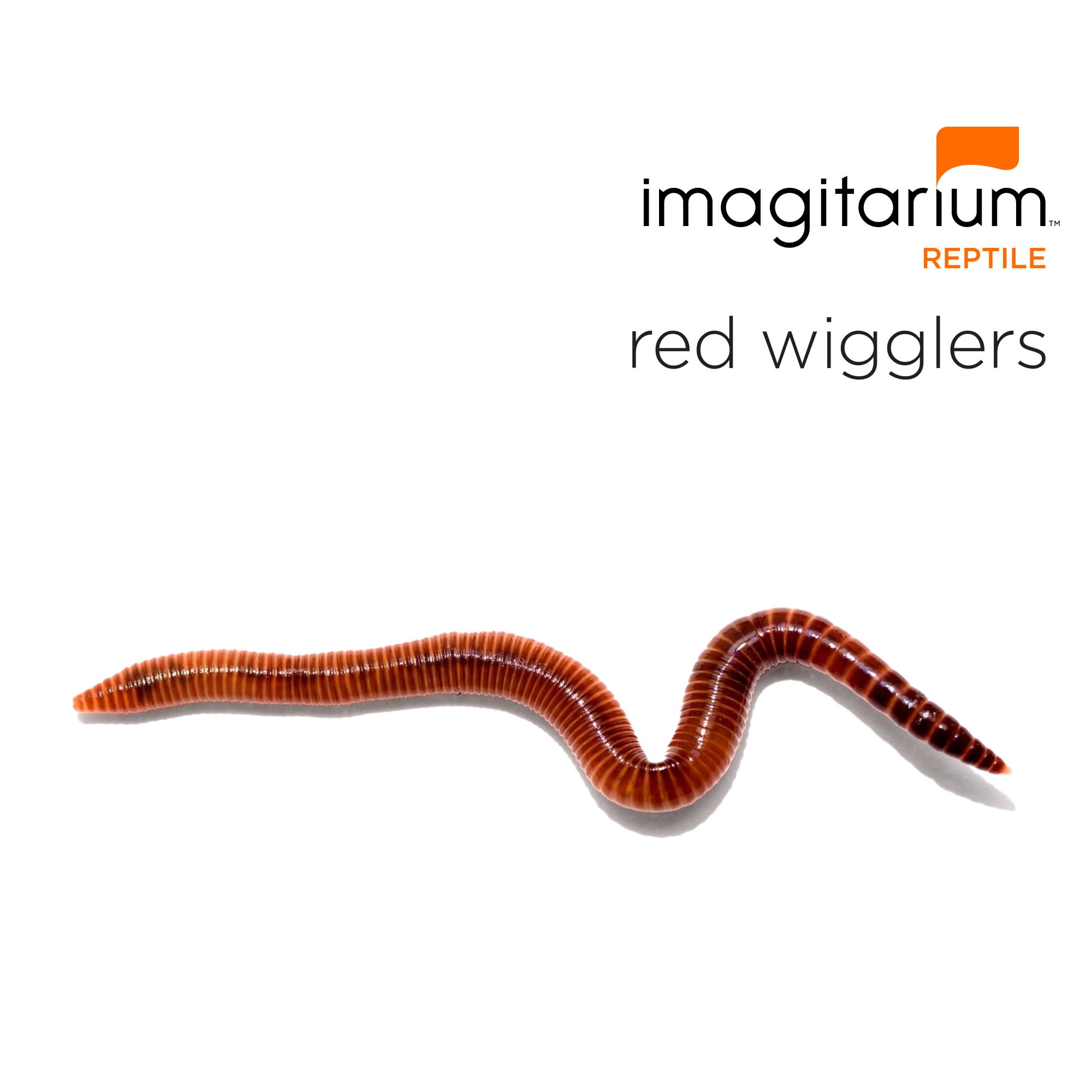Rumored Buzz on Red Wiggler Express
Rumored Buzz on Red Wiggler Express
Blog Article
Rumored Buzz on Red Wiggler Express
Table of Contents10 Easy Facts About Red Wiggler Express ExplainedThe Definitive Guide to Red Wiggler ExpressThe Best Guide To Red Wiggler ExpressFascination About Red Wiggler Express
Vermicomposting most definitely isn't a new technique. We have actually been doing it right here at Uncle Jim's for decades. With the global press for sustainability and with eco-friendly practices expanding in popularity, people are lastly coming about and recognizing the ecological advantages of red wiggler worms and composting. In this article, we'll talk about exactly how vermicomposting supports lasting gardening and the environmental benefits of red wigglers and various other earthworms.
This is the except it. If you want to review in-depth concerning red wiggles, we have a whole write-up devoted to them right here. Currently, allow's get involved in the nitty-gritty of just how these worms support sustainable horticulture techniques and benefit the setting: Worm composting is like a health spa day for your soil.
When included into your yard dirt, these castings boost its structure, oygenation, and water retention. This assists with plant growth and wellness and does not need making use of any type of chemicals. Did you know that natural waste comprises a considerable part of land fill material? And breaking down organic waste in garbage dumps develops huge amounts of land fill gas (LFG), which is comprised of around 50% carbon dioxide and 50% methane a greenhouse gas approximately 28 more powerful than carbon dioxide.
By diverting your kitchen area scraps and backyard waste right into a worm composting bin, you're properly decreasing the quantity of organic waste that ends up in landfills. Forget regarding chemical plant foods worm spreadings are the actual bargain.
Little Known Facts About Red Wiggler Express.

Mix the nutrient-rich worm castings right into your garden soil or use them as a leading dressing for potted plants. In a globe where sustainability is ending up being significantly vital, red wigglers beam as unrecognized heroes of gardening.
Composting may seem like old information, yet doing it with a bin full of worms most likely doesn't. Red wiggler worms offer fantastic advantages to the natural gardener, producing both an all-natural fertilizer and an efficient chemical.
Worm spreadings might be bought at stores such as SBS in Vineyard Haven or Vineyard Gardens in West Tisbury, but to increase the worms in a compost bed and harvest your own spreadings is far more enjoyable. The job of these worms is a component of sustainable living. Red wigglers are indigenous to equine manure, where they delve to lay eggs.
The Basic Principles Of Red Wiggler Express
(https://classdirectory.org/details.php?id=299614)They can't make a great deal of it." He covers the bin with straw, then a piece of old carpet. "They like the heat," he says. Lynn explains the production of spreadings and 2 uses: as a fertilizer and as a pesticide. "They absorb decomposing matter. It goes through them and adds calcium to make this rich planet," she says.
"I did it to see if it would make a difference on white flies and aphids. The red wiggler is a prodigious dog breeder, laying eggs as frequently as when a week - Red Wiggler Express.
It takes three to five months for a child worm to get to sex-related maturation and the adult length of three inches. Their lifetime is 4 to 5 years unless of program they are used for bait. As freshwater fish bait, wigglers squirm responsible and survive underwater longer than standard earthworms.

Some Known Factual Statements About Red Wiggler Express

A number of years ago the Stelle family members relocated into an Edgartown fixer-upper ranch. "I intended to enter farming with things that really did not require to be tended to daily like a cow. We were introduced to worm farming and started with 50,000 worms. That seems like a whole lot, yet they're really tiny." She originally bought her worms online from a worm farm in Vermont.
As one of the Epigeic class of compost worms, the typically does not show up in soils. The worm is red or reddish-brown in shade and has a smooth, cylindrical form.
A red wiggler worm can mature to four inches in size but is typically just regarding two and a fifty percent inches. The worm has a little mouth located at the front of its head. It additionally has small bristles, called setae, which help the worm action and anchor itself to surfaces.

Report this page